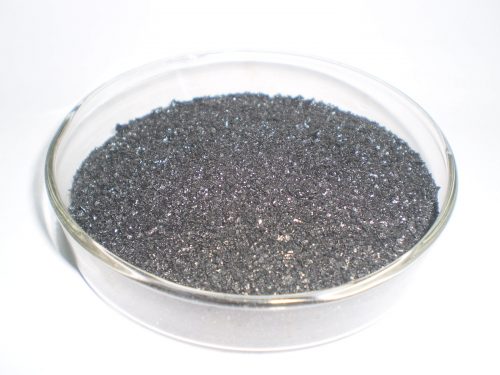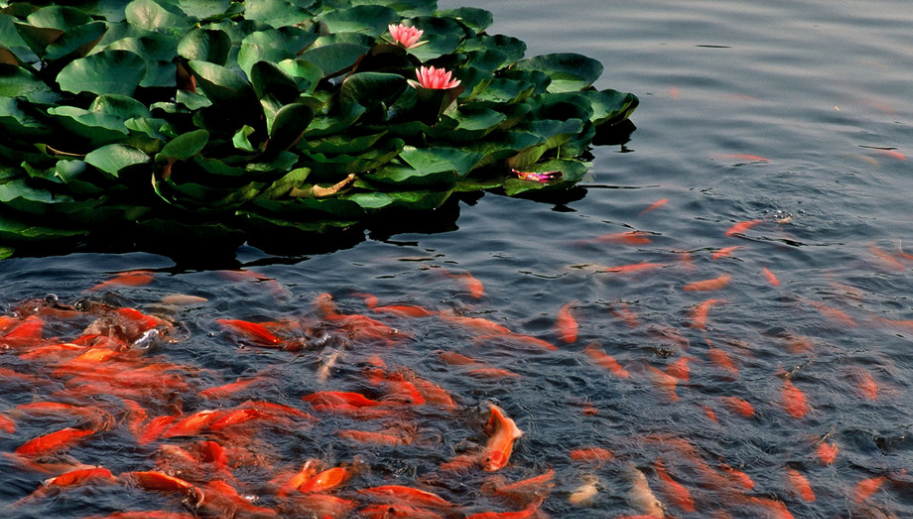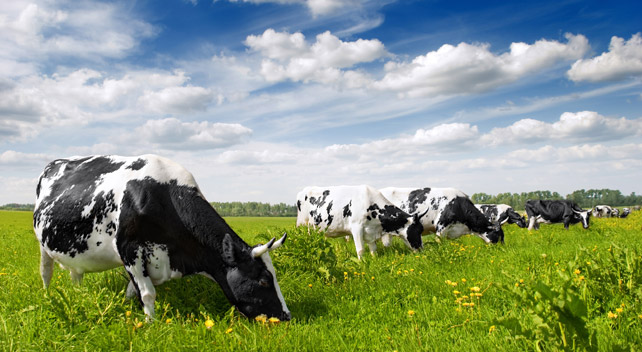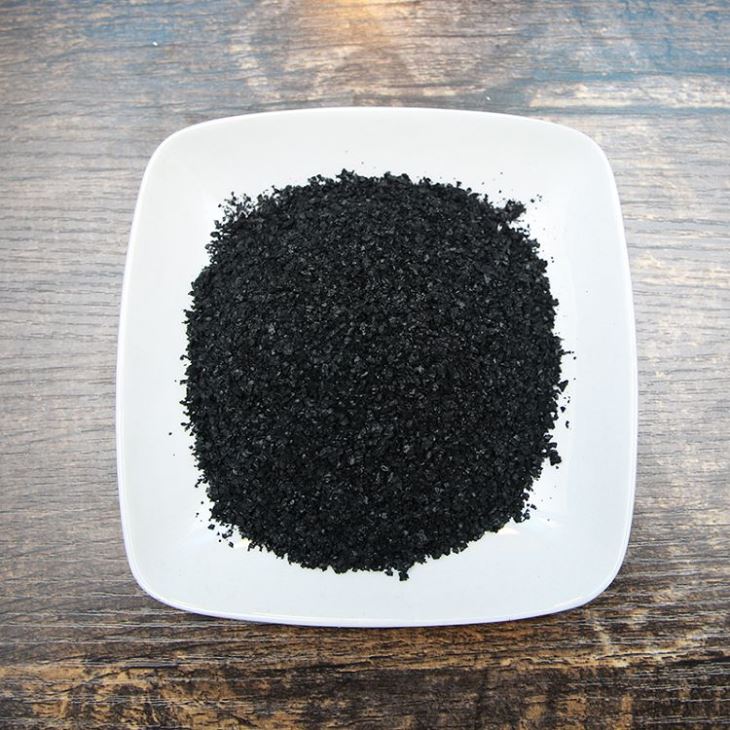The quality of aquaculture water quality is an important part of the success of aquaculture. This is the reason for raising water first. In recent years, with the development of aquaculture technology, in order to increase the yield per unit area, high-density culture technology has been widely adopted.
As a result, the feed per unit area will be greatly increased, because the feed rate is not very high, and the remaining high protein After the feed sinks to the bottom, it will ferment H2S, ammonia nitrogen, and toxic and harmful substances such as nitrous acid, and also increase the content of organic matter in the water.
The presence of these substances will seriously affect the growth of fish or shrimp, and the mortality rate. Will improve. Lighter production cuts, the heavy all over the army, the particles are not collected, if the situation occurs in the middle and late breeding period, the loss is more serious.
At present, the methods for water purification and bottom reform of aquaculture mainly include: (1) adsorption of sediment by other boiling stone powder and iron or aluminum salt. Because the zeolite powder contains a large number of micropores, it can adsorb ammonia nitrogen, H2S, and other heavy metals in the water, so that it sinks to the bottom and reduces the distribution in the water of the pond. The use of inorganic polymer is to use the hydroxide colloid produced by it to adsorb the organic suspension in the water body and precipitate on the bottom of the pond to improve the transparency. 2 The use of microbial preparations is a new way to purify and reform the aquaculture water.
For example, photosynthetic bacteria can make full use of harmful substances in water, as well as other organic pollutants as nutrients for growth and reproduction of bacteria. Using photosynthetic bacteria, the removal rate of ammonia nitrogen in water is 66%, the removal rate of chemical oxygen demand (COD) is over 94%, and the removal rate of biological oxygen consumption (BOD) is over 98%.
The use of sodium humate for the purification and bottom-up of water quality in aquaculture is determined by its special structure and properties. Sodium humate has a colloidal nature and exhibits a loose structure in an aqueous solution. In addition, it contains a variety of reactive groups, and therefore, it has strong ion exchange capacity, adsorption, complexation, and affinity.
According to the electron microscope observation of Flaiy et al., the minimum dispersed particle of sodium humate in water is 6-10 nm, so that the sodium humate particles and other particles adsorbed together will aggregate and produce flocculent precipitate, thereby purifying the water body. The role of organic matter to improve water quality transparency.
The various active genes contained in sodium humate have a complexation effect on harmful heavy metals in the water, and are purified by precipitation to purify water. The pH value of marine aquaculture water is generally 8.0-8.5. The sodium humate contains phenolic hydroxyl groups.
The complexation principle is
The complexation of metal ions by sodium humate, Beck-With used potentiometric titrator to summarize their stability order, namely Pb2+>Cu2+>Ni2+>Co2+>Zn2+>Cd2+>Fe2+>Mn2+>Mg2+.
In the shrimp breeding, the Institute of Oceanology of the Chinese Academy of Sciences studied the toxicity of heavy metals on juvenile shrimp by sodium humate. It was found that sodium humate could purify water, relieve the toxicity of Pb2+, Cu2+ and Zn2+ to juvenile shrimp, and effectively promote the young. Shrimp growth, the survival rate increased by 14%, the pond period is advanced, the larvae are strong, the vitality is strong, and the posture is neat.
Zhanjiang Ocean University and Zhanjiang Fubang Biochemical Co., Ltd. studied the water-purifying and bottom-reducing effects of sodium humate in the shrimp farm area of Nanshan Island. The result is that 1 to 15 kg of sodium humate is applied per acre, the water quality is stable for more than 10 days, the transparency is maintained at 30 to 40 cm, and the water body is expressed as “fat, live, tender and cool”. Shrimp has strong appetite, strong physical strength and fast growth rate.
Through the control experiment, the interval of 15 days is the first phase, the weight gain rate is 18 3%, and the second phase weight gain rate is 21 6%. Sodium humate has a small molecular weight. In addition to 50% of sodium humate, it has 15% nucleic acid, amino acid (25% 9%), VB, VC, inositol, polysaccharide, etc. These active substances have very much High physiological activity, therefore, these substances can promote the growth of beneficial microorganisms in water and the growth of unicellular algae. The growth of these organisms can increase the dissolved oxygen content of water, and also provide natural food for shrimp.




